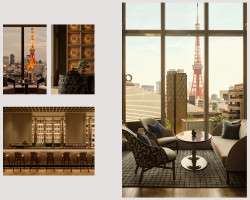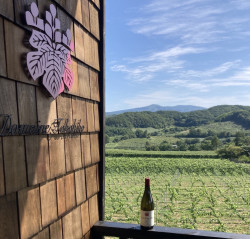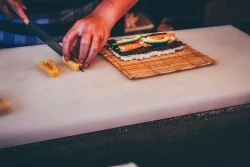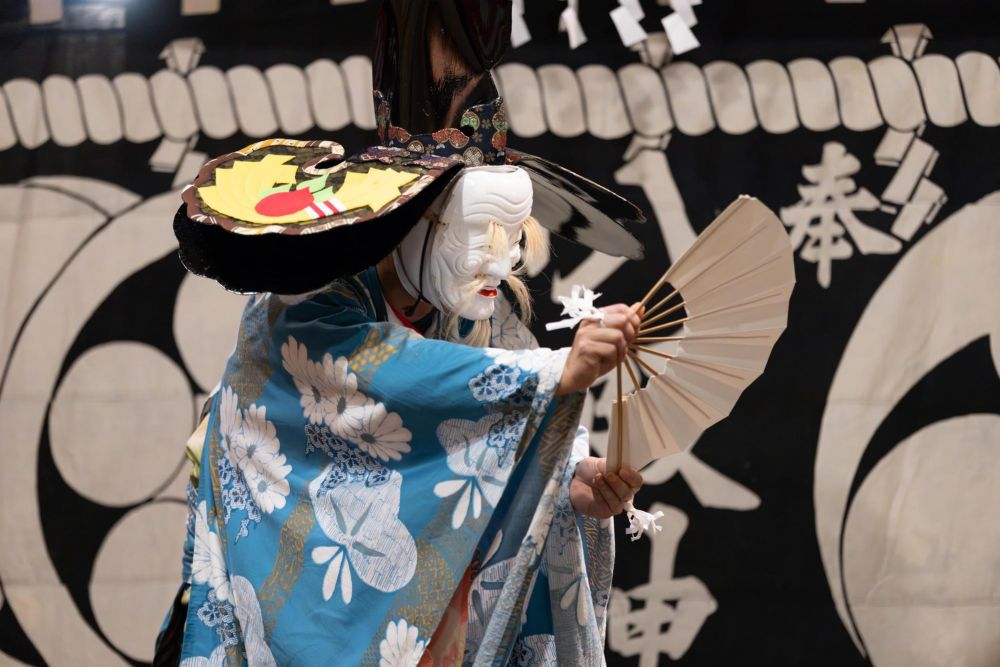
February 28, 2024
48 Hours in Tono and Hanamaki: Folktales, Food, and Festivals in Rural Japan
Release your full imagination in the hometown of Japanese folklore
Most travelers to Japan stick to the well-worn paths of Tokyo, Kyoto, and Osaka—but head north into Iwate Prefecture, and you’ll find a different story waiting to unfold. This Tono travel guide invites you into a world where ancient folktales still echo through misty valleys, where local traditions thrive alongside modern creativity, and where every meal tells its own story.
Tono, famous for its legendary kappa (water sprites) and centuries-old storytelling culture, offers a glimpse into Japan’s rural soul. Just a short journey away, Hanamaki complements this experience with its literary heritage, onsen retreats, and heartfelt hospitality. Together, these towns provide a refreshing alternative to Japan’s urban sprawl—where slowing down means discovering more.
Whether you’re chasing myths in Tono or following the poetic footsteps of Kenji Miyazawa in Hanamaki, this guide will help you uncover the festivals, flavors, and folklore that make Iwate a destination worth the detour.
A Journey Through Tono’s Origins
In August 1909, a year prior to Japan’s first folklore publication of “The Legends of Tono,” folklorist Kunio Yanagita made travelled to Tono in Iwate through Hanamaki. This locale, the birthplace of the captivating folktales that inspired him to independently publish the aforementioned book, is a rural town approximately 500 km north of Tokyo. This distance coincidentally mirrors the span to the Kansai region, Yanagita’s birthplace. And what he witnessed there was unlike anything he was accustomed to, but rather introverted and primitive.
During the Edo period, Tono served as the castle town for the Nanbu clan. Positioned strategically between the port town of Kamaishi and the agricultural hub of Hanamaki. The town also functioned as a vital post town, leading to its prosperity and establishing it as a key settlement in the region. Being the central hub surrounded by Hanamaki, Kamaishi and Morioka, Tono’s traditional entertainment evolved uniquely, assimilating the essence of these larger cities. The town even had a red-light district that welcomed visitors and the clan.
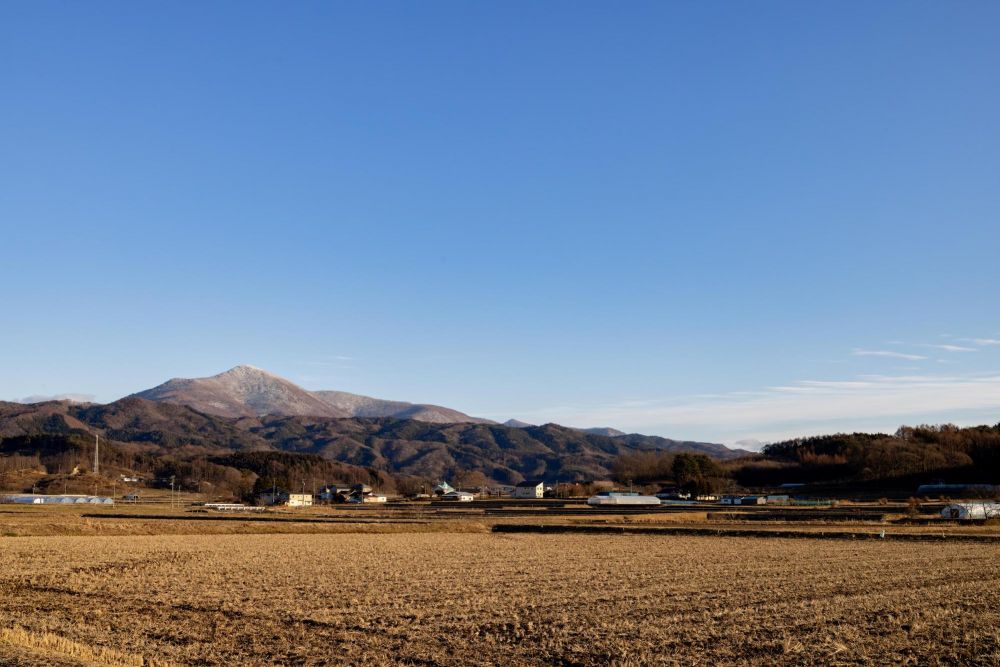
Tono’s period of prosperity was short-lived, impacted by the modernization introduced by Japanese National Railways, and today’s Tono’s landscape doesn’t portray its golden age in the past at all. However, the town’s cultural richness that fancied Yanagita, continues to endure to this day by the local people.
Top Things to Do in Tono
Experience Doburoku Sake at Tono Furusato Village
Doburoku, an unfiltered sake with coarse rice particles, stands out as one of the distinctive cultural elements of Tono and is typically served in a special setting during winter. Tono Furusato Village’s Dobekko Matsuri is a dining occasion designed to savor the fresh and raw sake of the year, accompanied by Kagura—ritual ceremonial dance of Shinto—and storytelling performances in the local direct in thatched-roofed farmhouses.
Whether or not you understand Japanese, the essence of the event lies in the simplicity of dining, drinking, and local dance. Each element is immersive and carries a unique touch in a traditional setting, underscoring that the people cultivate their own cultural heritage to pass down, even in this small valley town that once was wilderness.
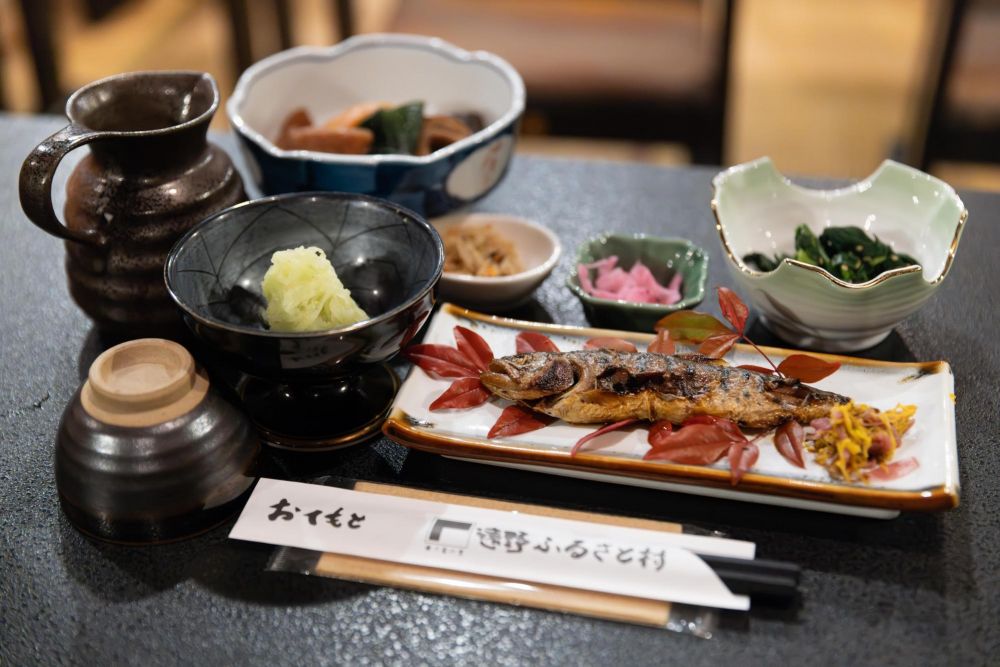
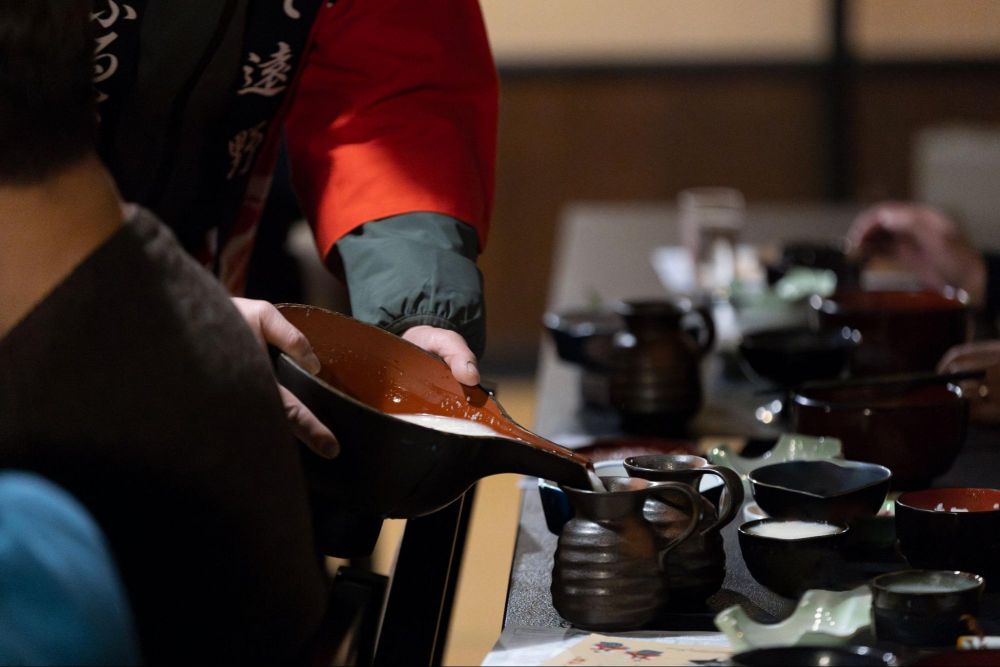
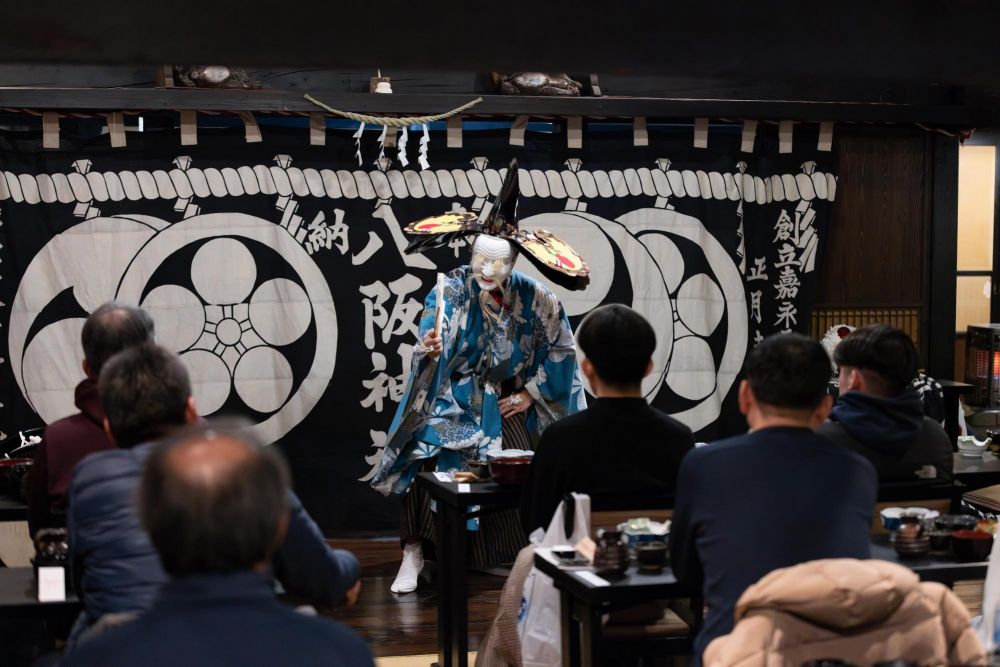
Meet the Kappa: Legends and Storytelling in Tono
Another is the myth that revolves around a mystical water sprite, kappa. Though not sighted since 1974, the successor of the kappa hunter guides you to the Kappa Pool, and you can catch them with kappa’s favorite food, cucumber if you’re lucky enough.
Denshoen, located next to the Kappa Pool, is another place to enjoy storytelling performances in a more aesthetic setting. Gathered around an irori, a traditional Japanese sunken hearth fueled by charcoal in thatched-roofed farmhouses, focusing solely on the story evokes a sauna-like atmosphere.
From children’s stories to R-rated humor, this oral tradition emerged as one of the primary sources of entertainment for the locals. As you listen and watch the charcoal collapse, it offers a nostalgic reflection on how storytelling used to entertain the people of Tono in the past.
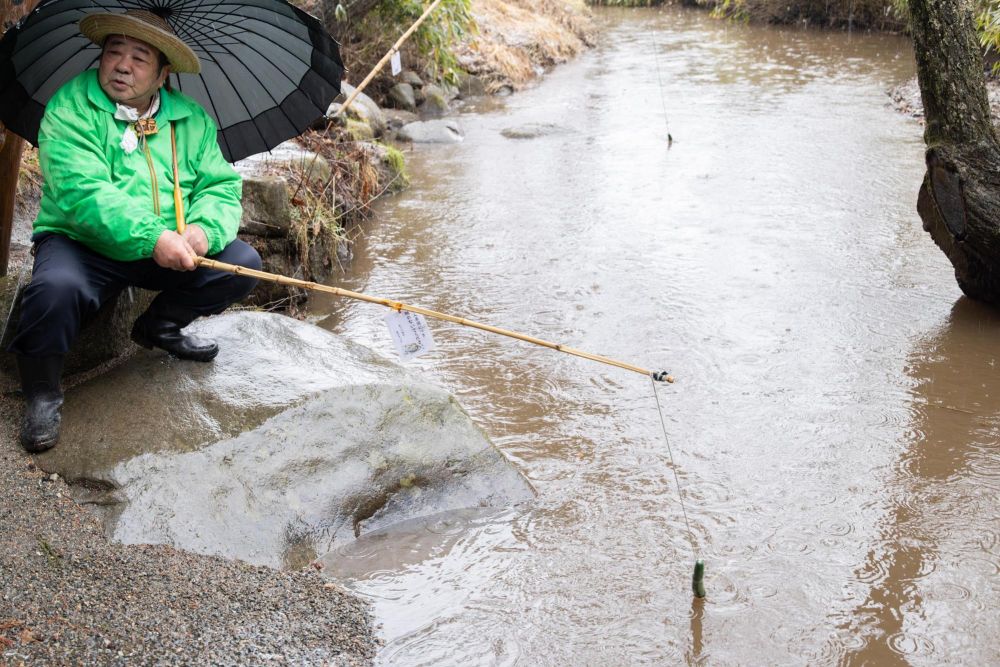
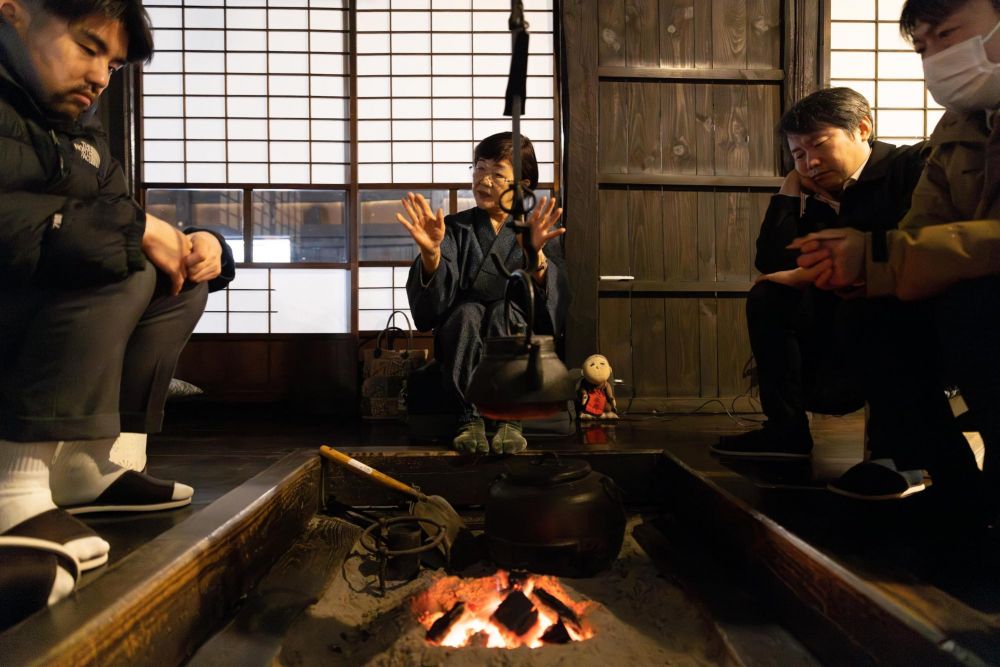
Visit the Tono City Museum and Children’s Book Forest
For those eager to delve into Tono’s history, the Tono City Museum is there to provide answers. Accompanied by multilingual audio guide devices, the vividly captured photographs by Hoichi Urata, a Tono-native photographer, portray the lives of the people and offer a glimpse into the town’s primitive identity during Japan’s high-growth post-war period.
Tono Children’s Book Forest, on the other hand, is a haven for relaxation. Designed by renowned architect Tadao Ando as a charity of the Tohoku earthquake and Tsunami in 2011, this library is a renovation of a former wooden house built in 1900. Boasting 13 categories like “Beautiful Things” and “Your Every Day,” it ensures a diverse selection of books for readers of all ages.
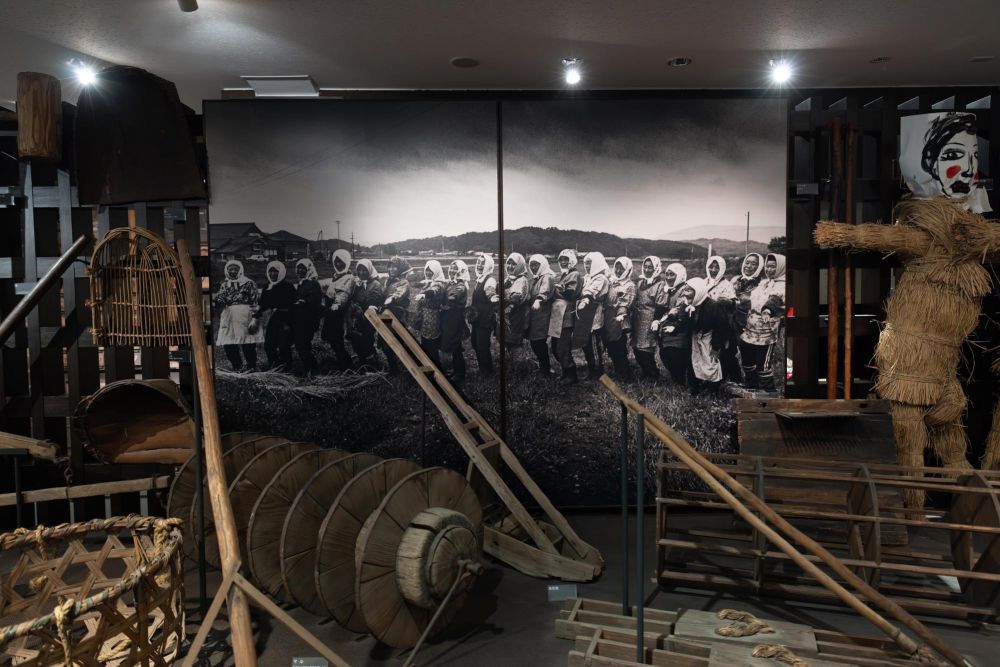
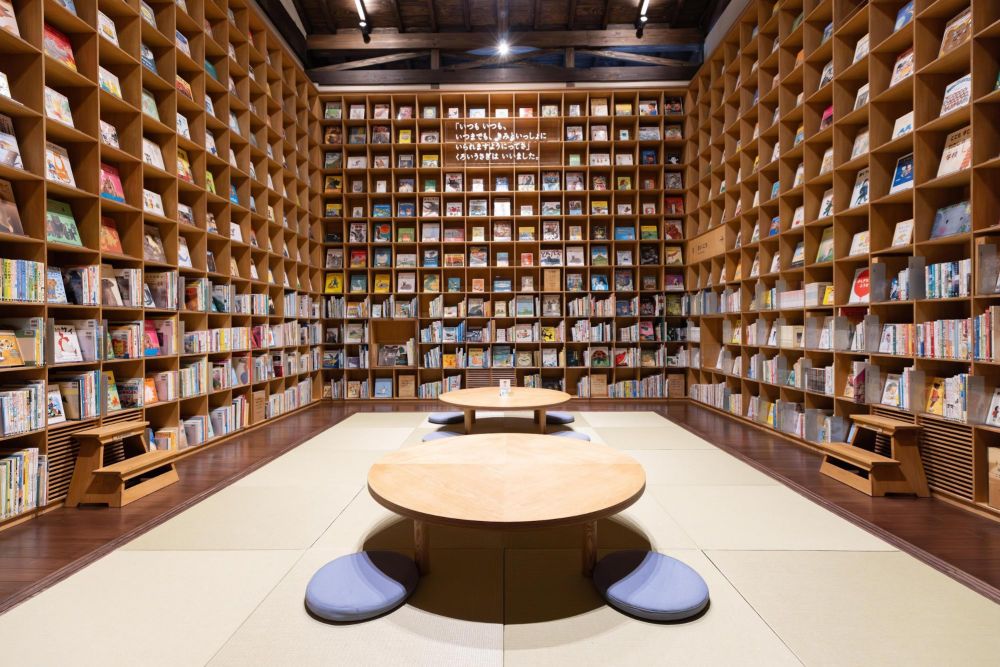
Where to Eat in Tono
Traditional Snacks at Matsuda Shorindo
Local flavor permeates the central area of Tono. Founded in 1868, Matsuda Shorindo is one of the oldest confectionery shops, presenting Tono’s popular sesame-walnut-flavored snack, Akegarasu, along with another Tono essential—grape candy, which has recently marked Instagram buzz, as shared by the female owner adorned in a kimono with stunning gray hair.
Italian Cuisine at Onohizume
On the other hand, the contemporary Italian restaurant Onohizume showcases the town’s fresh ingredients. Established by a local farmer, the restaurant presents a diverse range of innovative Italian dishes, some incorporating fresh cheese made from the owner’s cow’s milk. Each dish is meticulously crafted to celebrate the richness of locally sourced ingredients.
Local Flavors at Roadside Station Tono Kaze-no-oka
For those seeking more traditional fare, Roadside Station Tono Kaze-no-oka is the ideal destination. From fresh wasabi bowls to Hittsumi (hand-pulled dumplings), this establishment provides an opportunity to explore a variety of culinary delights.
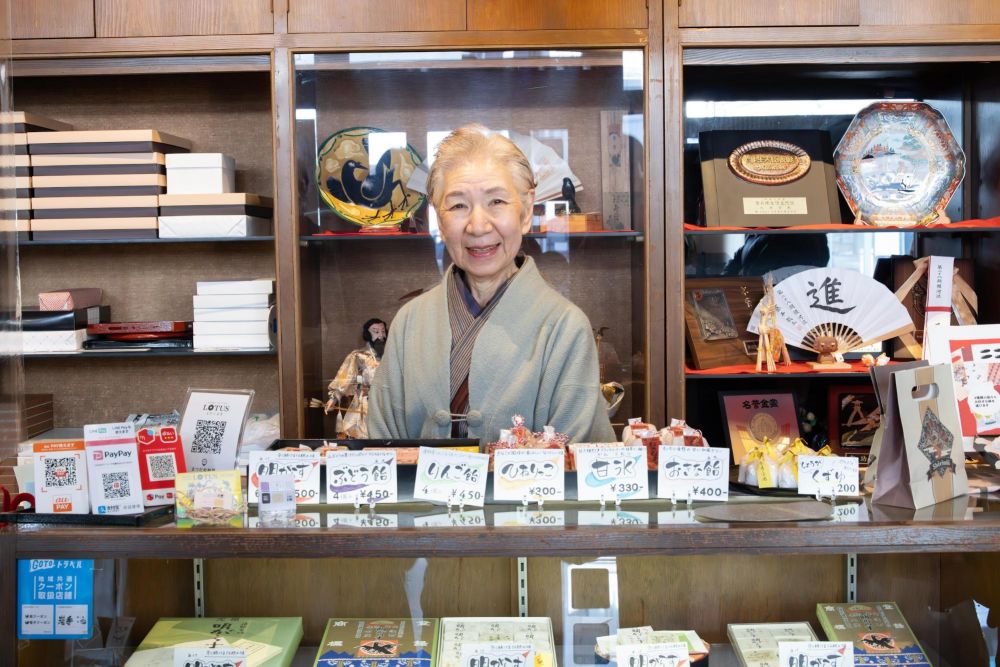
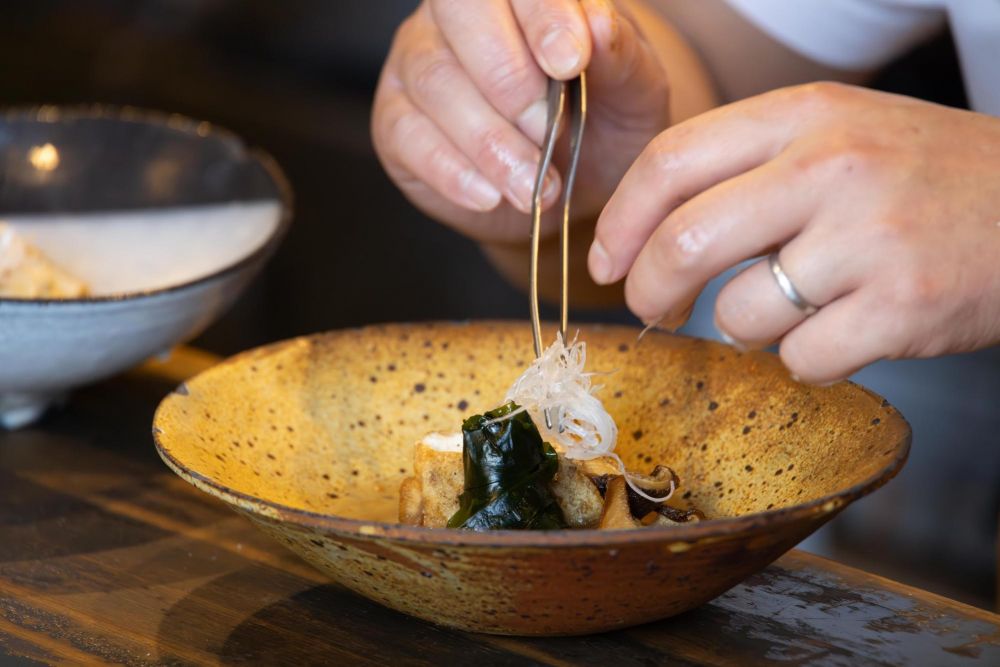
Exploring Hanamaki’s Cultural Highlights
Hanamaki is another place to stop by on the way back to Tokyo. While MLB baseball player Shohei Ohtani is currently closely linked to the city, its historical narrative remains incomplete without acknowledging another prominent figure: Kenji Miyazawa.
The Miyazawa Kenji Museum and Fairytale Village
Throughout his tragically short life, which ended at the age of 37 due to pneumonia, poet and fairy tale writer Miyazawa’s heart remained deeply connected to his hometown, even during the passing of his sister Toshi. Despite leading a modest and minimalistic existence, the poet from Hanamaki was known for his compassion, harboring a sincere wish for the happiness of everyone.
The Miyazawa Kenji Museum, located near Shin-Hanamaki station, showcases footage of his life. The Miyazawa Kenji Fairytale Village is a family-friendly park that pays homage to and brings to life the worlds depicted in his novels. The Ihatove Festival is an annual summer festival celebrating Miyazawa-related artists, including Yoshitomo Nara, Joe Hisaishi, and Moeka Shiotsuka from Hitsujibungaku, among others.
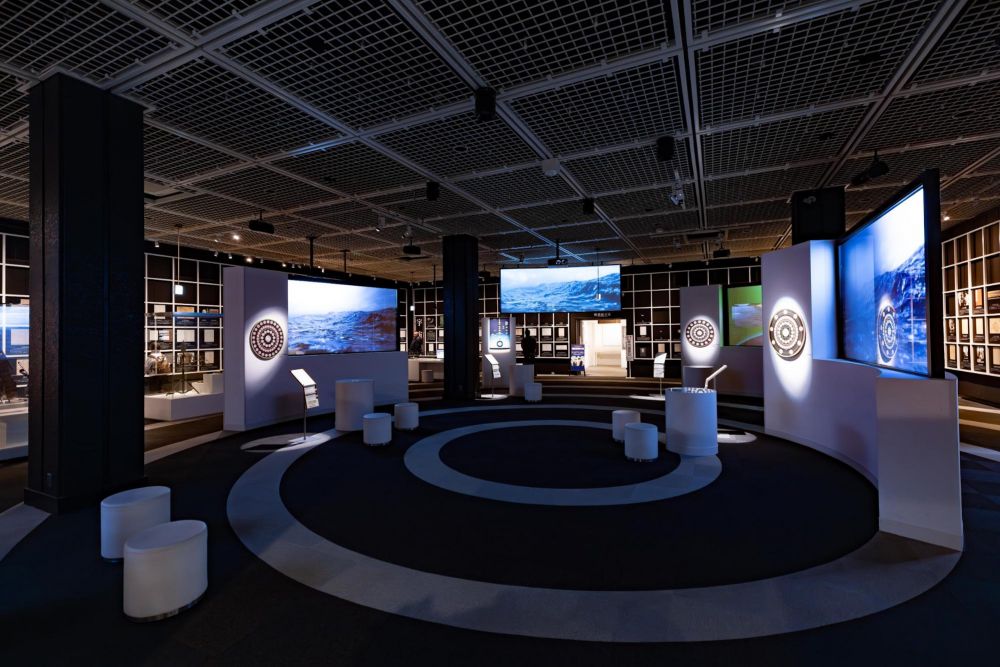
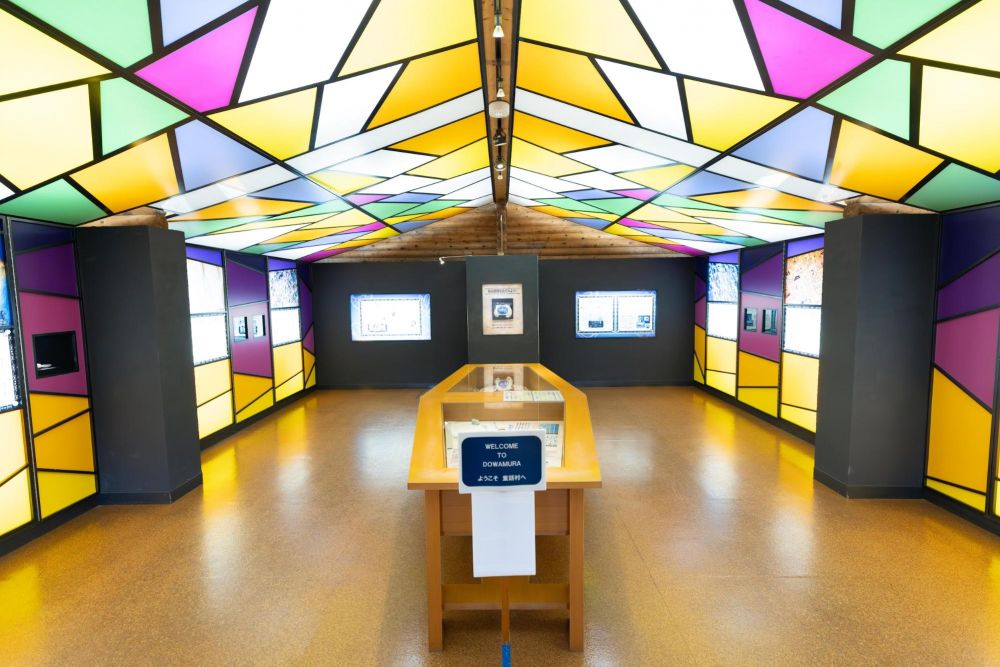
Attend the Lantern Festival in Hanamaki
During the night, the Lantern Festival becomes Hanamaki’s exclusive winter event for making wishes. Have your wish written on a paper lantern and release it into the sky, creating a magical ambiance amid the snowy landscape. To partake in the festival, be sure to book a stay at one of the Hanamaki Onsenkyo hotels.

Where to Stay and Eat in Hanamaki
Relax at Airinkan Onsen Ryokan
Opened in 1960, Airinkan is among the most seasoned onsen ryokans in the Hanamaki Onsenkyo, seamlessly blending tradition with a contemporary approach. Its fully-renovated dinner buffet presents vegan-friendly options like Shiitake Mushroom steaks and Okara side dishes, featuring local savoy spinach. Additionally, Airinkan’s private open-air onsen is accessible to any guests of all gender identities just by booking prior.
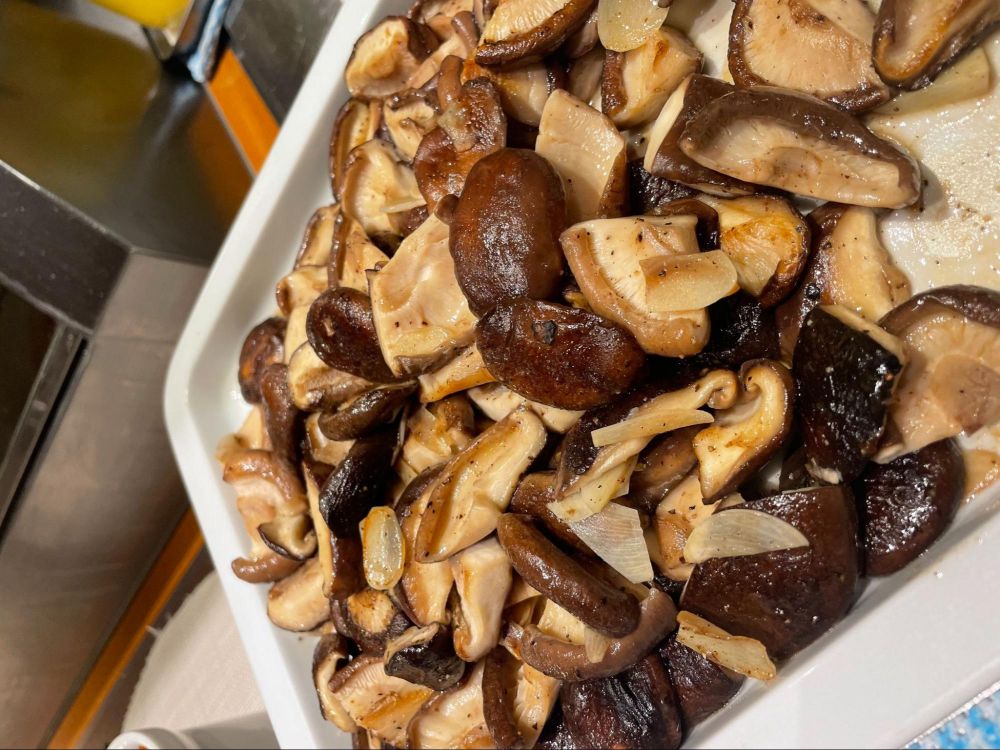
Dine Inclusively at Sobe’s Cafe
Another culinary haven for animal-friendly meals is Sobe’s Cafe. Here, every menu is crafted to cater to vegans, vegetarians, halal eaters, and those following an oriental vegan diet, embodying the owner’s philosophy of “equality at the dining table for everyone.” Not only does this establishment stand out as one of the few places providing such options, but its delectable flavors also attract locals.
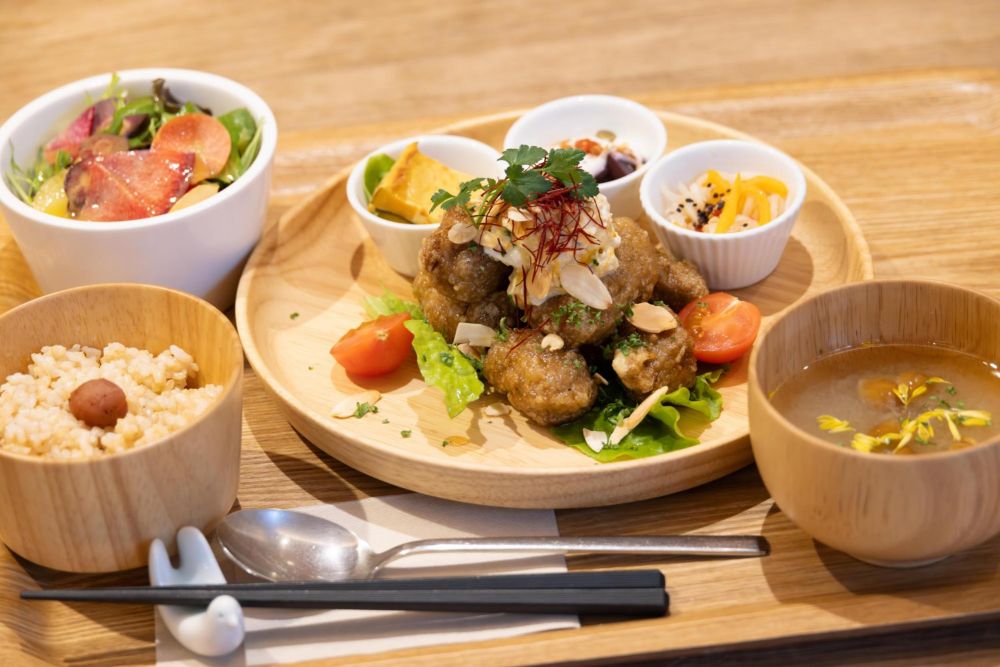

While Tono and Hanamaki might not be the go-to destinations to check off your “Japan debut” bucket list, the tranquil and unhurried pace of life provides an opportunity to reflect on what life could have been like in a rural area of the country. After your visit, you may find yourself becoming the next storyteller, sharing the long-inherited culture that has been passed down for generations.
Read more about traveling to rural areas of Japan:
Why You Should Visit Fukushima in 2025
Shimane and Tottori: Japan’s Sacred and Slightly “Pagan” Region


